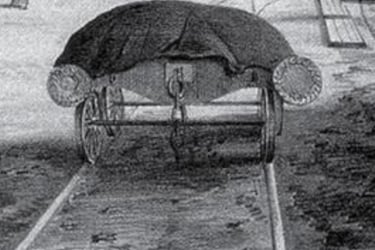The London & Birmingham initially built wagons at their the Camden works, the first batch being built under Robert Stephenson but latterly under Mr Bagster and then as things developed other contracts were awarded to amongst others W.B. Adams & Co., Yates & Atkinson, and Joseph Beattie.
The research is ongoing and there is limited evidence of the actual designs used. It is likely that, into the 1840s, that designs may to a degree match those of other companies.
There is evidence that by the early 1840s the London & Birmingham was carrying (or collected tolls for), coal, coke, sheep, pigs, cattle and fish, including salmon. I don't believe identifiable technical drawings of the company's own wagon designs have survived and it may be necessary to borrow from other lines to get a better idea.
The company definitely had built for its own use, coke, sheep and cattle wagons. Sheep and pig wagons were initially single level but were added to with longer double level designs in 1843. Such details as when livestock wagons were roofed and when vans were built is part of ongoing research.
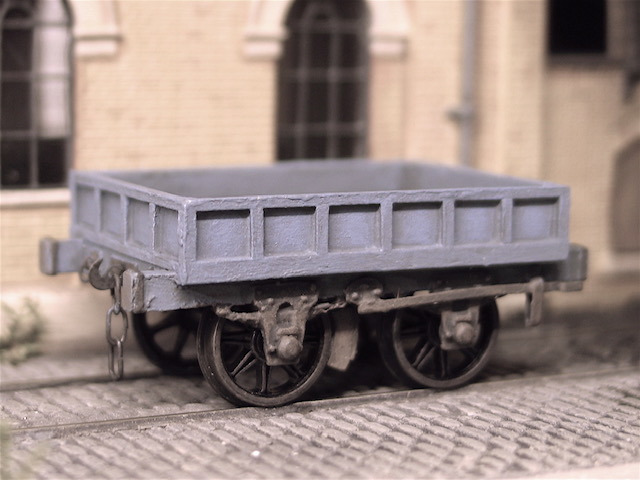



Genuine early London & Birmingham railway wagon designs are hard to find. This early wagon from SC Brees' Railway Practice (1847), I would guess is one of the earliest designs, possibly 1837. To modern eyes it looks very shallow i.e. having a low capacity. Brees isn't much help calling it simply a 'wagon' in the description. To modern eyes it looks like a ballast wagon but it shares apage with a 'goods' wagon and two 'coal' wagons so it may have been an early goods wagon. Note the very sleder timber acting as a primitive buffer beam.
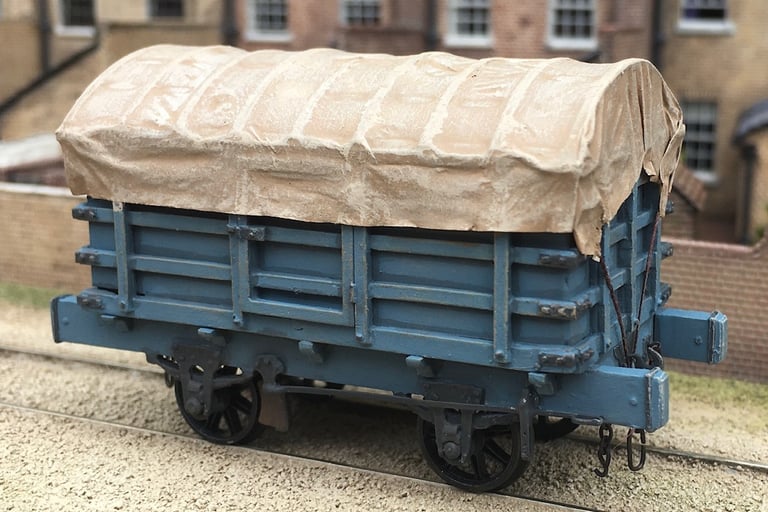

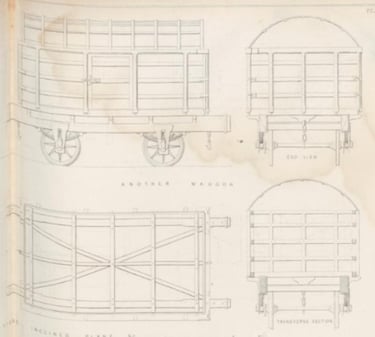

Another design that Brees attributes to the London & Birmingham, is this amazing larger goods wagon. Note that this in its original design (right) doesn't have a buffer beam and the axle guards are outside of the springs. This appears to mimic aspects of design going back to the earliest wagon designs of the Liverpool & Manchester railway in the 1830s.



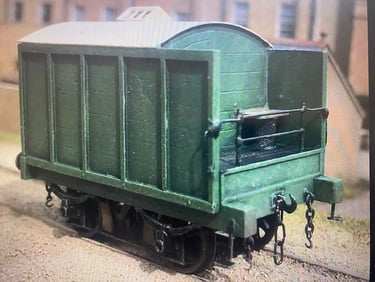


The discovery of this early design of freight brake van is interesting. Note it was referred to at this time as a 'break'. The drawing, now with the HMRS, was I believe found amongst the records of the North Staffordshire Railway but is clearly marked as 'London & Birmingham' and by none other than Joseph Wright. I understand from David Viewing that these wagons had tanks for water ballast. Note also sprung buffers only at one end.


Although in modern classification a horse box is normally considered a NPV (non passenger carrying coaching stock) and would more likely be seen in a passenger train than in a frieght train (also known as luggage or merchandise train), due to similarities of the design with other freight stock at this time.
As with the larger goods wagon the axle guards are outside the springs but does has buffer beams. Note also the depiction from Brees shows the Horse box with dumb buffers, these were gradually replaced around 1840 with sprung buffers.
Interestingly, these doubled on occasions as baggage tenders for the mails when needed.

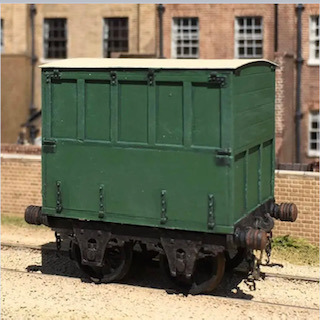
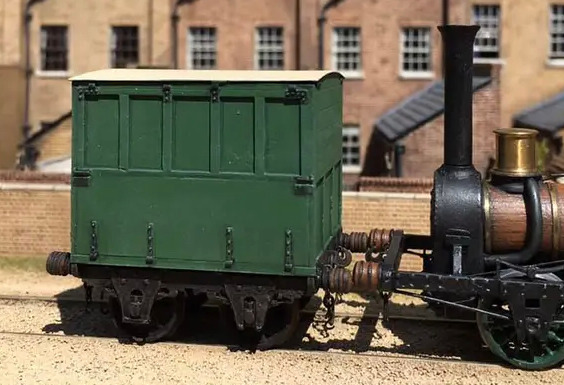

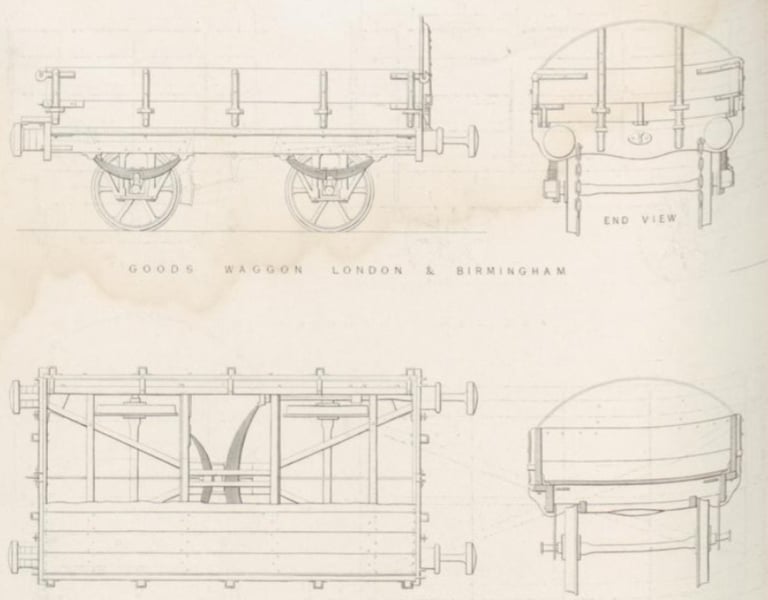

This last of the confirmed London & Birmingham designs, again from Brees, is likely to be early to mid 1840s. Brees published his fourth edition in 1847, stating that this design was 'recently made' so possibly about 1844. Note the curvy buffer beam and sprung buffers at one end. Something similar appears to exist in AF Tait's Manchester & Leeds image of Rochdale.
